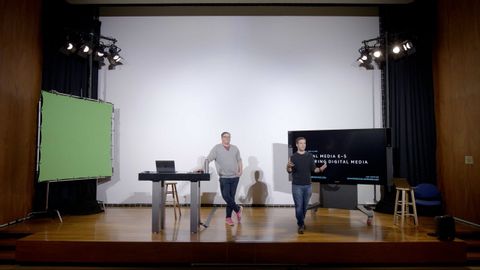
Subtitles & vocabulary
Exploring Digital Media 2019 - Lecture 1 - Telling a Story and Introduction to Post Production
00
林宜悉 posted on 2020/03/28Save
Video vocabulary
literally
US /ˈlɪtərəli/
・
UK
- Adverb
- In a literal manner or sense; exactly as stated.
- Used for emphasis to describe something that is actually true, often to highlight surprise or intensity.
B1
More character
US /ˈkærəktɚ/
・
UK /'kærəktə(r)/
- Noun
- Person in a story, movie or play
- Writing symbols, e.g. alphabet or Chinese writing
A2
More effective
US /ɪˈfɛktɪv/
・
UK /ɪˈfektɪv/
- Adjective
- Working efficiently to produce a desired result
- In operation; in force.
A1TOEIC
More audience
US /ˈɔdiəns/
・
UK /ˈɔ:diəns/
- Noun (Countable/Uncountable)
- Group of people attending a play, movie etc.
A2TOEIC
More Use Energy
Unlock All Vocabulary
Unlock pronunciation, explanations, and filters
